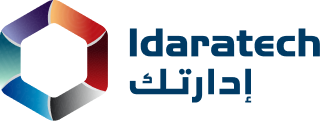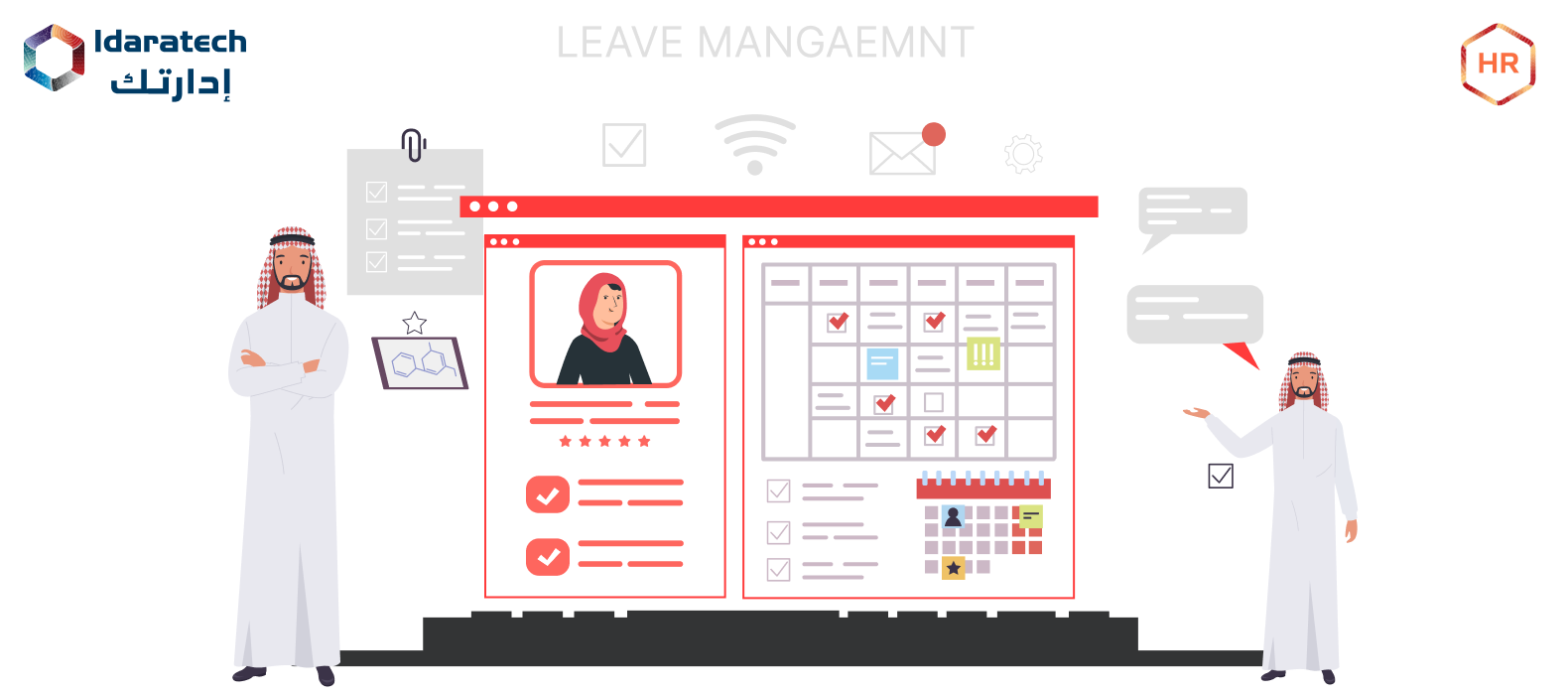According to Expedia’s survey of 19 nations, 75% of people feel vacation starved, the highest in the world.
Are you aware of your company’s employee leave management solutions?
Leave management is an essential component of basic HR tasks. If you’re new to it or curious about what makes an effective leave management system, you’ve come to the correct place.
In this blog post, we’ll go over what leave management is, why it’s important, and what are the features of these solutions. Let’s get right to it.
What is Leave Management Solutions?

A leave management system helps record, monitor, and report employee leave requests. Its primary purpose is to appropriately manage employees’ leave requests while ensuring that their absence from work has no detrimental impact on the organization.
If you’re still keeping track of employee absences using spreadsheets, emails, or paper documents, you’re screwed. Accounting and payroll errors, legal compliance concerns, and day-to-day personnel crunch are all possibilities.
Consider a company that has well-designed and effective leave management solutions.
Employees enter their leave requests into the system, which automatically calculates the amount of time off they have accrued. Employees receive compensation on scheduled paydays based on their work hours and leave utilization.
Isn’t that a piece of cake?
Feature of Leave Management System

There are a few distinct effective leave management solutions, each with unique features and configurations. To obtain the items mentioned above, keep an eye out for the following:
1. All-in-one dashboard
All essential information should be clear and available at a glance on the dashboard display. Leave balances, holiday lists, department calendars, and workforce coverage are all crucial pieces of information for both employees requesting leave and managers evaluating leave requests.
2. Managing various employment types
An efficient leave management solution must handle many employee work habits from full-time regular hours to part-time and casual work. The leave system should ensure that, despite varying work patterns, each employee receives their minimal rights accurately.
3. Customizable approval
When employees submit leave requests, the approval workflow must be customized to allow appropriate stakeholders to be discussed and alerted. This is related to the significance of communication in good leave management.
4. Effortless integration
Integration is the key to efficiency, allowing businesses to save time and money. When necessary, competent leave management solutions will communicate with all critical business areas, such as payroll, work calendars, resource availability schedules, and others.
5. Easy reporting
How information is reported impacts your capacity to obtain insights and make decisions as a manager. Your program should generate reports fast and efficiently, making the most critical data plain and obvious.
6. Tracking precision
Each employee has various forms of leave with a running balance. Manually tracking these balances requires constant effort and regular modification when they leave. Leave management solutions manage all applicable leave and the rates it pays, allowing managers to keep accurate records of prospective, current, and historical rest.
7. Real-time leave tracking
Real-time attendance monitoring transfers data to automated payroll systems. This is a considerable advantage compared to the labor- and error-intensive alternative of manual processing leave. Software that is simple to use and that employees can use from anywhere. Managers can change scheduled work by using leave tracking if last-minute absences or unexpected leaves affect it.
8. Provides insights through leave reports
Managers can generate data on worker attendance compared to expectations using leave software, allowing them to make well-informed decisions about their leave policies. Managers can readily check the leave balances for the entire team to see who is taking leave and who isn’t, which helps identify employees needing a break to prevent burnout.
9. Easier management of employee absence
Manager-employee communication is a crucial component of the leave administration procedure, and all leave-related issues are discussed through your program. This ensures that emails reach you and that it is simple to identify leave requests and other correspondence by going back and searching through old emails.
10. Accuracy and effectiveness
Staff relations suffer when leave is improperly taken into account by payroll. If payroll is inconsistent, employees are less likely to put out their best effort at work, so they need to be paid correctly to stay motivated and organized. Leave mistakes also impact the productivity of the workplace. Automated procedures reduce the manual work required to process leave requests while eliminating these errors.
11. Improved compliance
Organizations that consistently make mistakes in leave management may experience compliance challenges due to the blunders mentioned above. The legislation sets forth the fundamental leave rights, rates, and record-keeping obligations standards. With far less chance of further errors that worsen compliance difficulties, leave management solutions are significantly more likely to ensure that the minimal leave standards are met.
What is the Purpose of a Leave Management Solutions?

The reality is that employees cannot work 24 hours a day, seven days a week. Taking time off is crucial for ensuring that workers arrive at work rested, alert, and productive.
There are various leave options, including sick leave, annual leave, alternate holidays, bereavement leave, and many more.
- They must be handled appropriately and recorded to avoid ripple effects in other parts of your organization.
- If employee leave is not appropriately managed, it influences project timeframes, can create bottlenecks, and can result in payment problems.
- These are all simple administrative errors that can significantly impact the financial health and corporate culture of a company.
- Managers can operate smoothly due to cloud-based HR software. Furthermore, it gives users access to all data in one location.
- Automatically changes leave balance to cut down on human labor and save time.
- Seamless interaction with other HR management software, including payroll and timesheets, which enables cross-functional reports.
- Customized and adaptable leave policy for all divisions.
- Employees may view their remaining vacation time from anywhere with an all-in-one dashboard that is mobile-compatible.
- Employee self-service, which eliminates manual labor.
- Improved decision-making via reports and data analytics.
Conclusion
As you can see, many fascinating new developments and fashion trends are happening in the field of leave management. There are several approaches to improve leave management that are both employee-friendly and efficient, from mobile apps and customizable leave policies to AI-powered planning and remote work adaptations.
Organizations must adopt these new technologies and approaches to succeed in the promising future of leave management. They’ll help their staff members achieve a better work-life balance and streamline the leave management solutions.
So investigate these trends to discover how they can change how you organize your vacation time!
FAQ’s
Question 1: What exactly is Leave Management?
In order to comply with regulations and increase employee engagement, productivity, and employer branding, leave management is the administration of employee time off in accordance with the company’s leave policy. There are three types of leave management:
- Implementing leave policies
- Implementing and enforcing leave policies
- Routine leave administration work
Question 2: What is the objective of employee leave management solutions?
It helps run a smooth organization, especially when the size of the organization grows. Furthermore, it assists HR departments in keeping records such as employee leave data, salary, and general performance.
Question 3: How does leave management help employees?
It increases an employee’s trust and morale in the organization. Furthermore, it leads to increased productivity and performance.
Question 4: What are the prerequisites for the leave management solutions?
A decent leave management solution should include at least the following features: simple leave requests and approvals, automatic balance calculations, and the compilation of absence reports for payroll processing, tracking time, and other needs.

